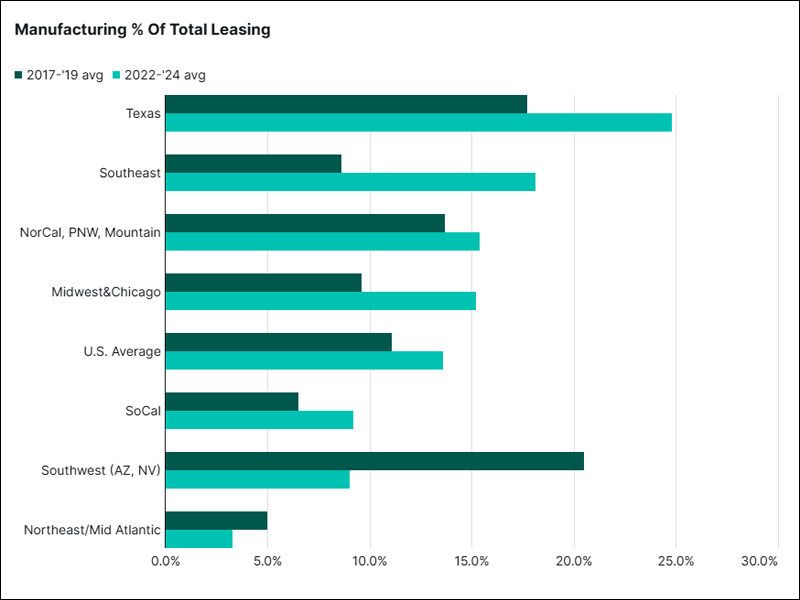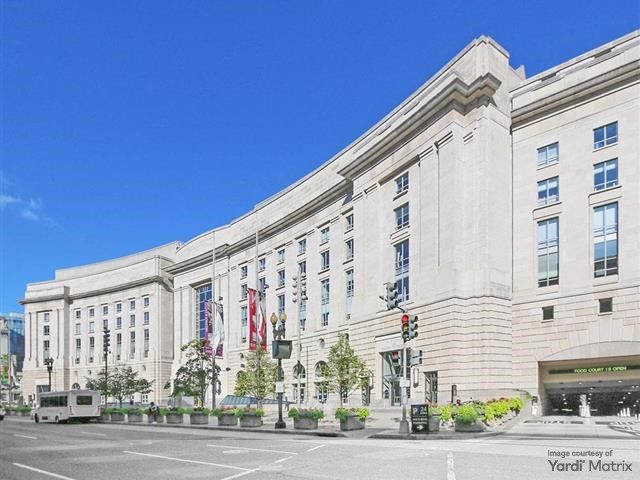Capital Ideas: Ready, Set, Cut!
The Fed's announcement on interest rates today could be the start of something big for CRE.
The day CRE executives have been waiting for is finally here—we think.
With inflation the lowest it has been in three years and unemployment falling, a cut in the Fed Funds benchmark rate is almost assured when the Federal Open Markets Committee meets today. For many, the remaining questions: Will it be a 25 basis-point cut or a 50 basis-point cut? And will there be more?
In August, the CPI was up just .02 percent for the month and 2.5 percent from a year ago. Meanwhile, the unemployment rate held steady in August at 4.2 percent, according to the Bureau of Labor Statistics.
Throughout this two-year period of monetary tightening, Fed Chair Jerome Powell has made it clear that how interest rate increases affect any one industry is not the Fed’s main concern. Instead, it’s been focused on its “dual mandate” of price stability and a strong labor market. And while he has spoken tentatively of progress in these areas before, he is now signaling that we are finally on terra firma.
READ ALSO: Office Finance Freeze Begins Slow Thaw
“My confidence has grown that inflation is on a sustainable path back to 2 percent,” Powell said last month at the Jackson Hole Economic Policy Symposium. And on the labor market, he was equally assertive. “The cooling in labor market conditions is unmistakable,” he added.
Nevertheless, since commercial real estate is a highly leveraged industry, interest rates matter a lot to property investors and lenders. Following a period of record low interest rates, the spike in commercial real estate interest rates upended CRE transaction markets and asset values. In turn, the very expectation of lower interest rates has caused borrowing costs to ease a bit lately, and it has stimulated some transaction activity.

“We’re going to get some relief,” John Sullivan, chair of the U.S. real estate practice & co-chair of the global real estate sector at DLA Piper, told me. “And you know, hopefully, that will be the first in perhaps a series of interest rate cuts.”
On Friday, Sullivan noted that the Futures Market was pricing the probability of a 25 basis-point cut at around 65 percent. By Monday, however, that had flipped, and it was pricing the chances of a 50 basis-point increase at 60 percent.
But whether it’s 25 basis points or 50 basis points this time, it will not be a “panacea,” Sullivan said. Interest rates are significantly higher than they were in March 2022. Over two years, the Fed’s benchmark rate rose from essentially zero to a range of 5.25 percent to 5.50 percent. And while sentiment is improving, with some major investors saying they are willing to invest “before the all-clear sounds,” there will be those investors that wait until interest rates get even lower before they jump back in, he added.
“It’s going to take some time to work its way through the system and actually translate into somewhat lower borrowing costs,” Sullivan predicted. “The fundamentals, of course, are still critically important, and there are some asset classes, the most obvious one being older office buildings, that are just facing serious structural challenges.”
Light at the end of the tunnel
However, Sullivan sees three positive trends converging: lower debt costs on the horizon, the growing consensus that some asset classes are at the bottom and the amount of capital waiting on the sidelines to invest.
“You put those three things together and I think, absent something happening within the economy generally that pushes us toward a hard landing versus a soft landing, I think there is very good reason to think that the worst of the challenges of the last 24 months are behind us,” he remarked.
Lower debt costs will help borrowers, but they will also help lenders grow their businesses. “I think probably the most significant thing will be the ability to reduce our funding costs, and I think that’ll be pretty consistent with most financial institutions that have dealt with this very high rate environment for two years,” said John Buran, CEO of Flushing Financial Corp.
Lower interest rates will be particularly helpful for community banks, Buran noted, since they make most of their money on the net interest differential between what they pay for money and what they lend it out at to the public or to businesses.
Flushing Financial’s portfolio is 39 percent multifamily, and the remainder is commercial real estate and direct lending to businesses. The bank has had very little loss historically—office is currently less than 1 percent of its portfolio, and none of its office loans are non-performing, Buran said. As it pursues new loans, it will rely on its “very, very careful and thoughtful underwriting.”
While a 50 basis-point cut would be more of a stimulus for the bank, 25 basis points would be less “disruptive,” Buran said. “A 25 basis-point cut will signal to businesses we are a starting a cycle of possible rate reduction rather than the opposite that we’ve experienced,” he explained. “The risk with too large a reduction is it could get the market worried that the Fed is seeing economic pressures that are more significant than what’s anticipated today.”
Indeed, what many will be watching for today is not the size of the cut but whether the Fed uses its announcement to welcome in a new monetary policy regime—one that is certainly looser than that of the past two years, but tight enough to ensure stability.









You must be logged in to post a comment.